2016-10: this project is now shelved. The probe point of my Tektro scopes have insuficient amplitude...
This project is more about designing an energy-harvesting device that can accomodate various oscilloscopes, rather than design the best differential probe circuit. I am not skilled enough to develop such delicate and precise analog circuitry but I am able to design a step-up power supply. I hope to learn more about oscilloscope black magic as well ;-)
Logs:
1. BNC trick
2. Hoarders' delight
3. System analysis and design
4. Amplifier design
5. BNC mess
6. Input FET stage
 Yann Guidon / YGDES
Yann Guidon / YGDES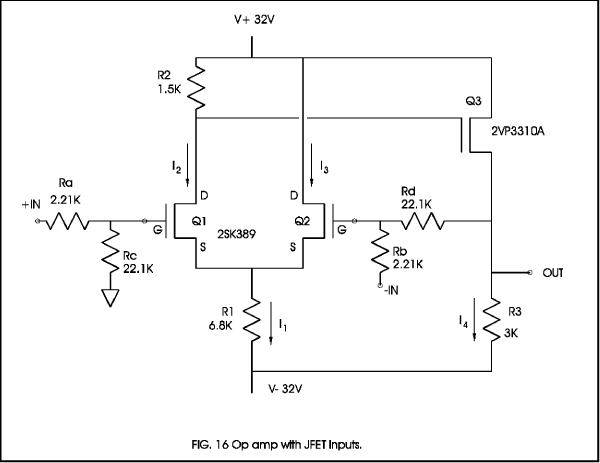
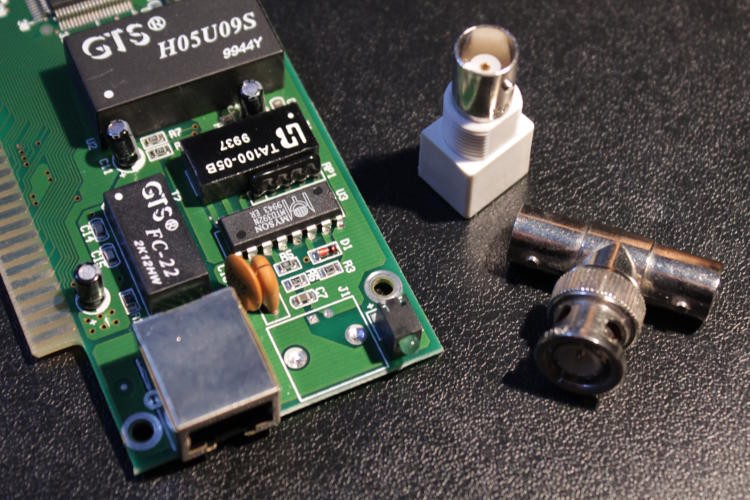

 (No, I'm not shooting for GHz precision, my fastest scope reaches 200MHz only)
(No, I'm not shooting for GHz precision, my fastest scope reaches 200MHz only)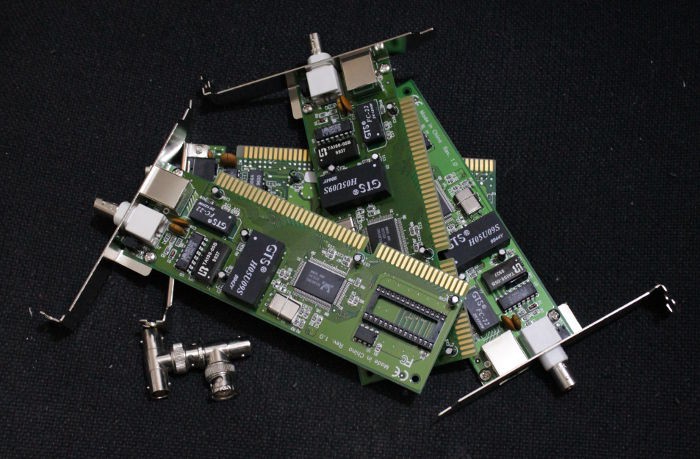



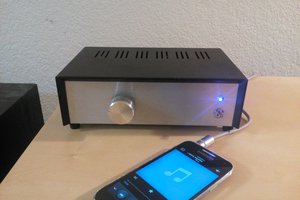
 Szoftveres
Szoftveres
 Pero
Pero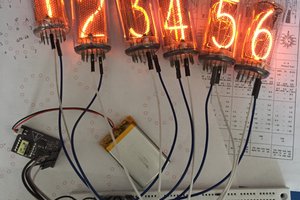
 Paul Andrews
Paul Andrews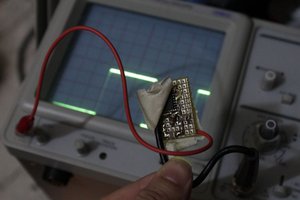
More links to (active and passive) probe designs (from https://hackaday.io/page/2628-needing-p6243-or-similar-1ghz-active-probes/discussion-72392) :
http://paulorenato.com/index.php/93
http://www.eevblog.com/forum/projects/good-design-for-a-diy-active-probe/
https://easyeda.com/andyfierman/project-g2QNnljhf
https://easyeda.com/guest/High_impedance_probe_using_opamp-gmtnFzRL3
http://www.sigcon.com/Pubs/straight/probes.htm
(thanks Ted)